
Hey all! Real Farmer Jeff here.
One of the essential ways to maximize yields in your garden is to have a high pollination percentage on the plants you are already growing. It’s common practice to plant flowers specifically to bring in the pollinators and promote pollination.
Since bees are the main pollinators, I’ve always thought it would be cool to have my own bees. But, for a while, I didn’t think it was possible with my small townhouse garden space!
In this article, I am going to explain what pollination is and why it matters, and then I’m going to share an easy DIY beehouse that you can build! For this project I am specifically trying to attract Blue Mason Bees (since they are native to my area), but this would also work with Leafcutter bees.
*Note that these are not the type of bees that make honey!
Let’s get started!
Pollination in Your Garden: Why It Matters
Pollination is the process by which pollen is transferred from the male part of a flower (anther) to the female part (stigma), enabling fertilization and seed/fruit development.
While bees are the most effective pollinators, plants can also be pollinated through:
- Wind (e.g., corn, grasses)
- Water (rare; some aquatic plants)
- Self-pollination (e.g., tomatoes, beans)
- Insects (bees, butterflies, beetles, flies)
- Animals (e.g., birds, bats in tropical regions)
Without effective pollination, many crops will flower but fail to produce food. This makes pollinators, especially native bees, essential for food production.
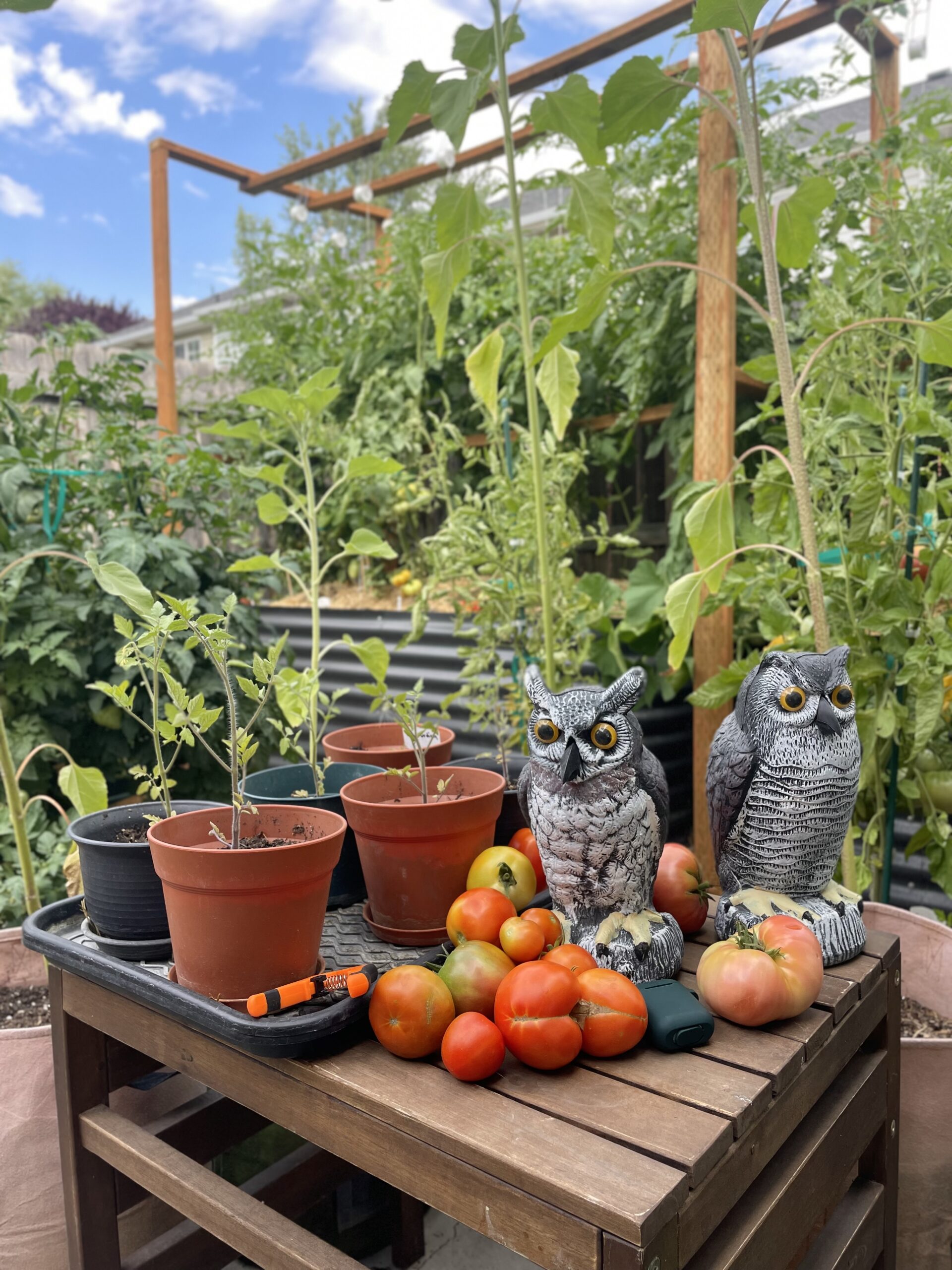
Basic Garden Vegetables Ranked by Pollination Ease

Spotlight: Mason Bees (Osmia spp.)
Mason bees are solitary native bees that do not make honey or live in colonies. Each female creates her own nest using natural cavities or artificial tubes, sealing each chamber with mud—hence the name “mason.” The picture featured is my buddy’s bee house he made to attract mason bees.
Some species, like the blue orchard bee (Osmia lignaria), have a metallic blue or green color, earning them the nickname “blue mason bees.”
Key Features:
- Solitary and non-aggressive
- Nest in pre-existing holes
- Require mud nearby to build nest cells
- Active in early spring (ideal for fruit tree pollination)
- One mason bee can pollinate as much as 100+ honey bees
- Found across North America, especially in temperate zones
How to Identify Mason Bees:
- Size: Similar to a housefly
- Color: Metallic blue, green, or dark black
- Flight pattern: Slow and hovering

Other Key North American Bees for Gardens

Best Pollinators Ranked by Efficiency

Which Bees Are Considered Stingless?
True stingless bees (tribe Meliponini) are tropical and not found natively in North America. However, several North American bees are so non-aggressive that they’re effectively stingless in practice:
- Mason Bees – Docile; rarely sting unless handled
- Leafcutter Bees – Very gentle, not prone to stinging
- Sweat Bees – Shy and small; sting only when provoked
- Mining Bees – Extremely timid; avoid conflict

DIY Bee Nesting Setups

Simple DIY Nesting Projects
1. Bee Hotel (Mason & Leafcutter Bees)
- Materials: Tin can or wooden box filled with 6-inch paper tubes or bamboo reeds
- Drill 5/16″ holes for mason bees; 3/8″ for leafcutters
- Mount 3 – 5 ft high facing southeast, dry with roof overhang

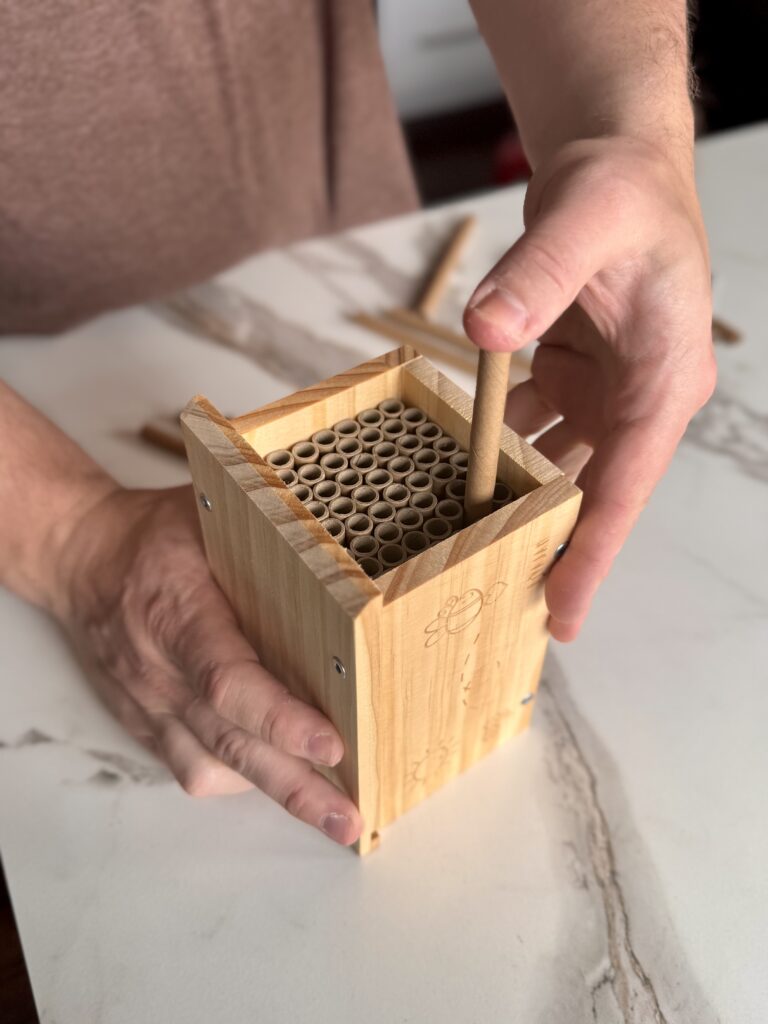
2. Drilled Wood Block
- Sand holes smooth; protect from rain
- Use untreated hardwood
- Drill 5/16″ holes, 4–6 inches deep
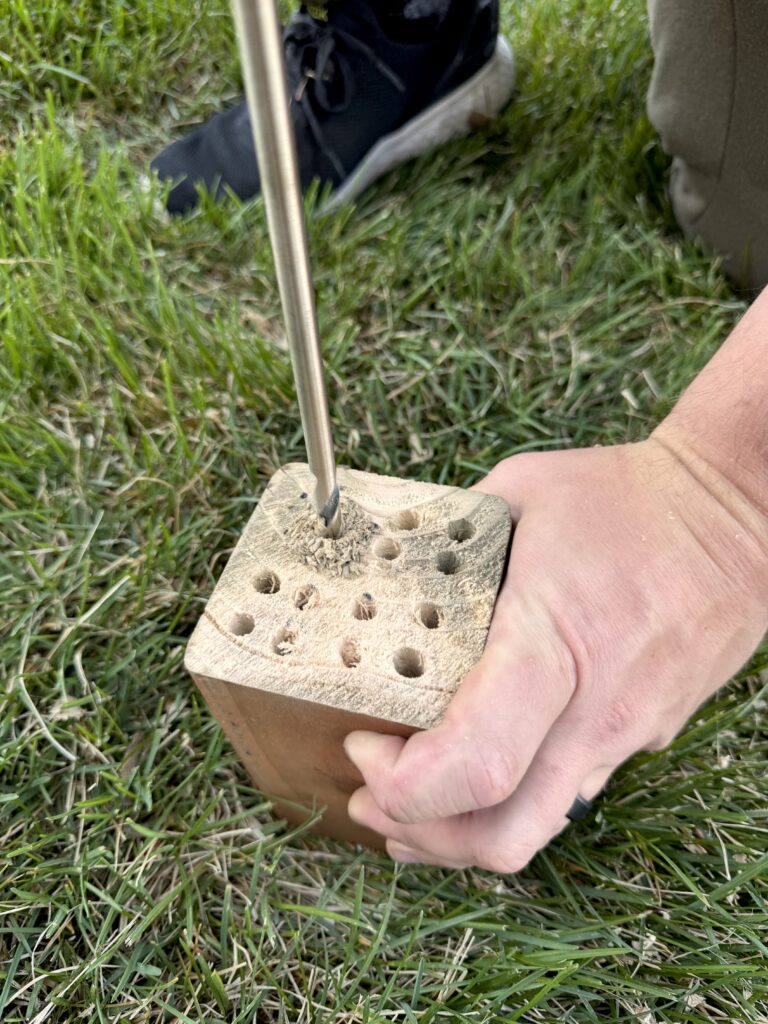
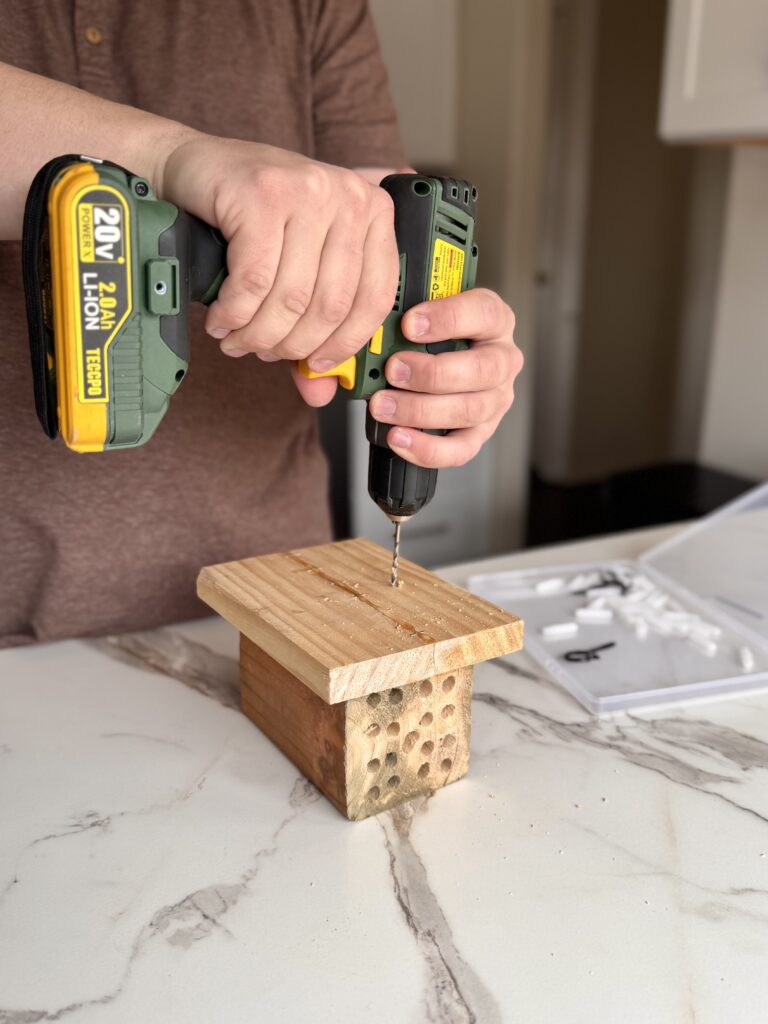
Why Mason Bees Are Ideal for Your Garden
Mason bees are among the most effective and safest pollinators for the home garden. Their gentle nature, early season activity, and exceptional pollination efficiency make them the top choice for increasing yields of spring-flowering crops like apples, cherries, and berries.
They require minimal maintenance and can thrive in a simple bee hotel. With a bit of preparation, you can welcome these native allies into your garden and enjoy more vibrant, productive plants season after season.
If you enjoyed this blog post, be sure to check out my other gardening blog posts:
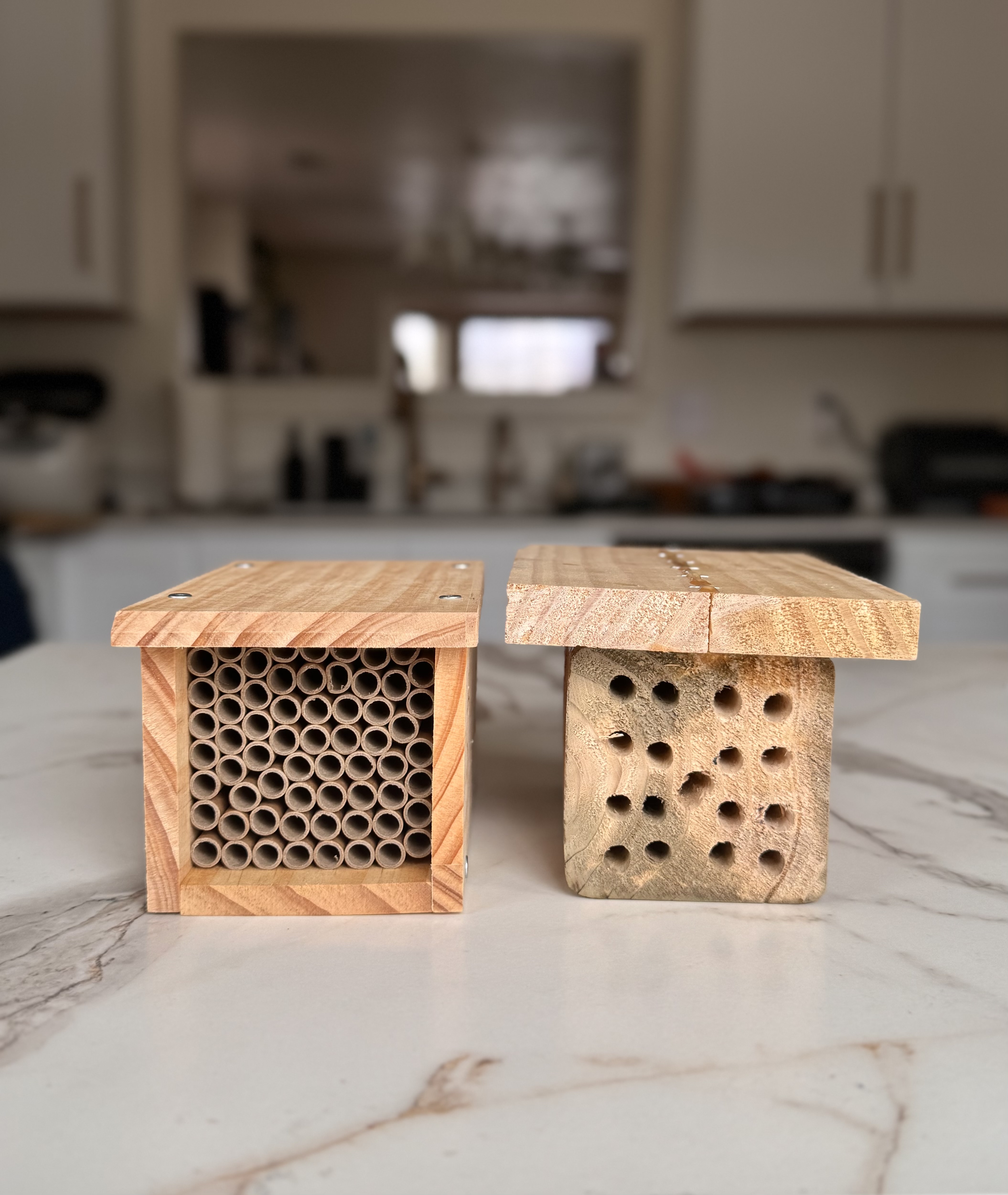




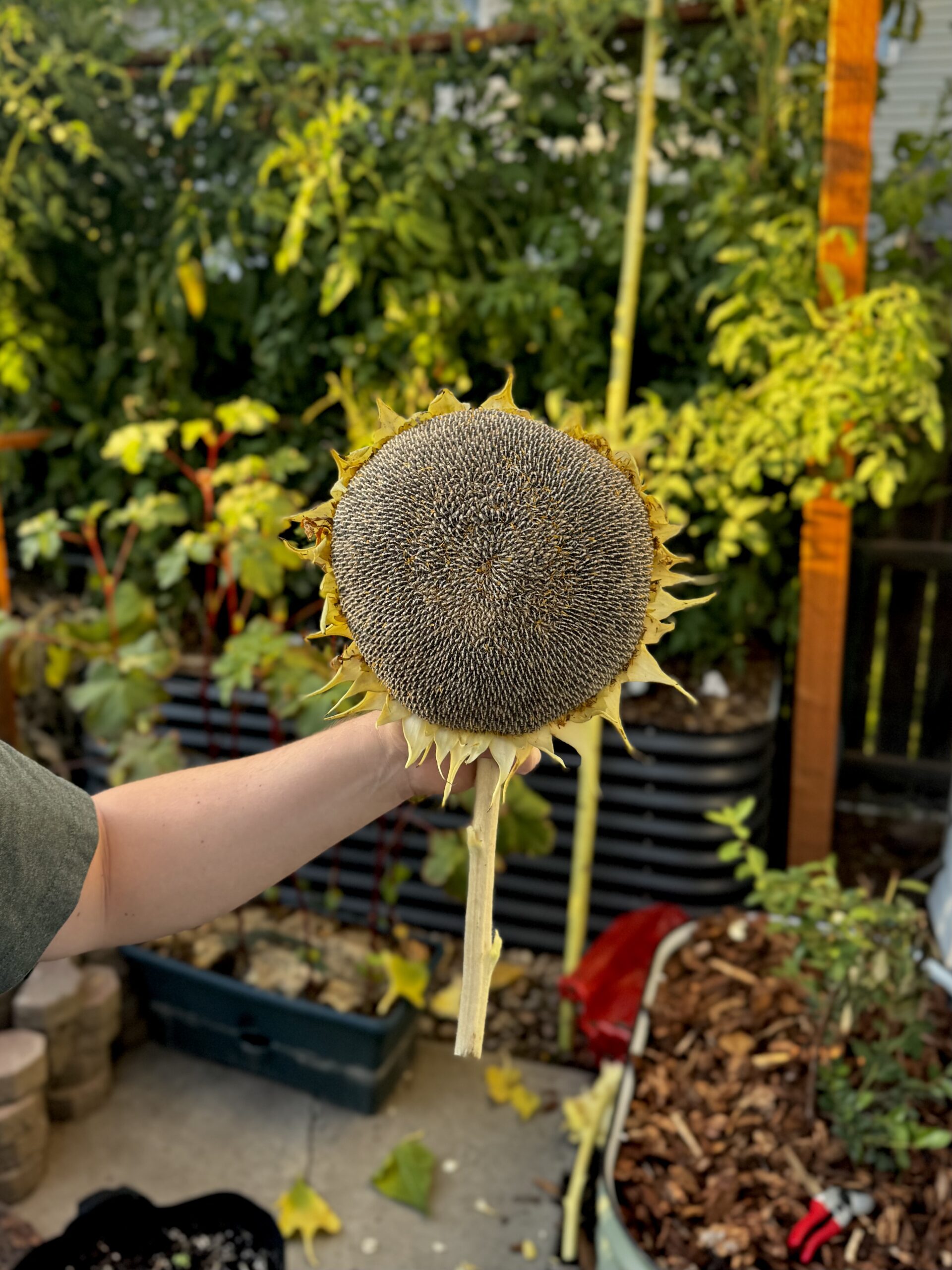
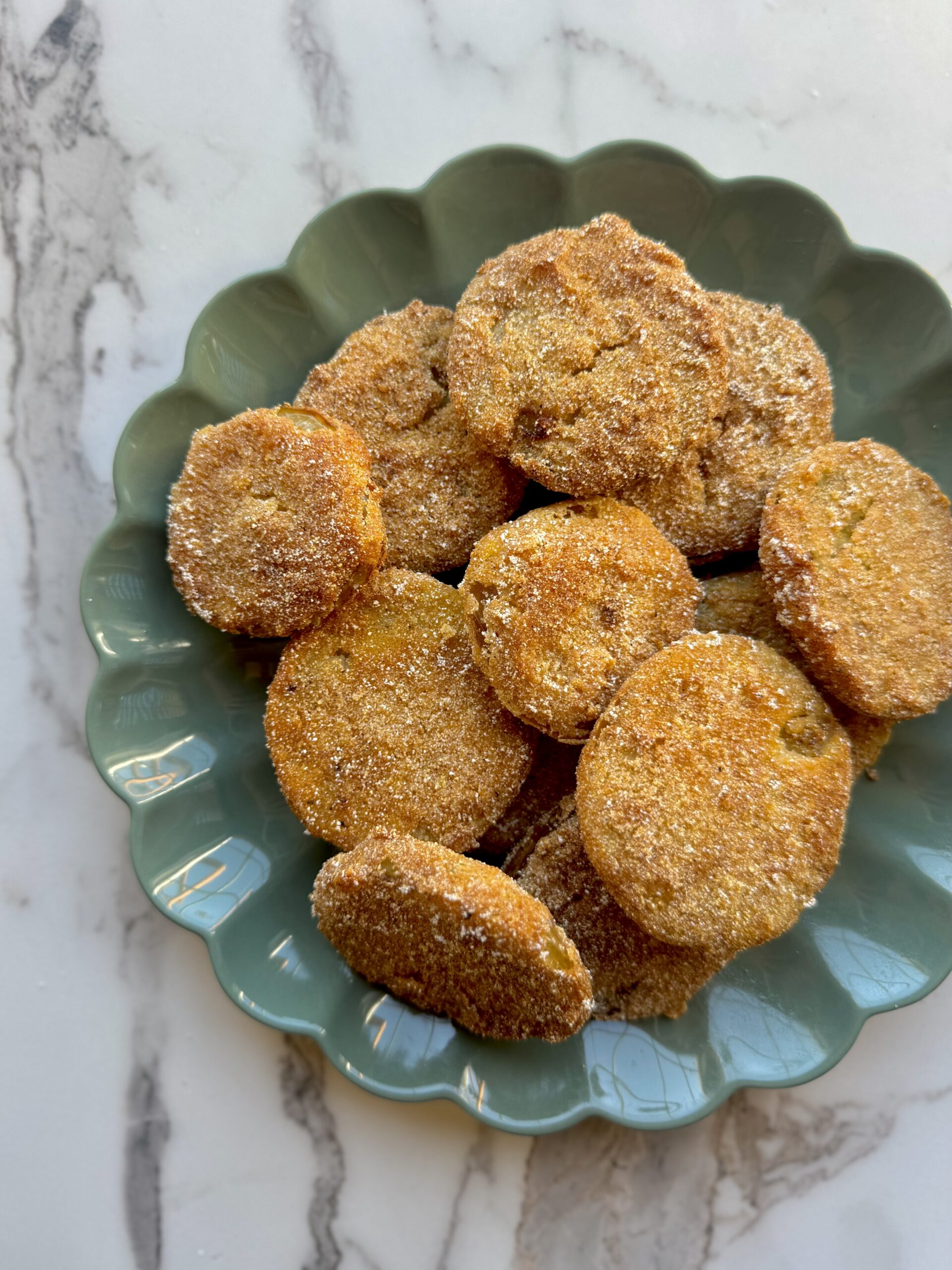

We have to get the bees back! So sad they are being killed of by pesticides.
The plant suggestions for drawing bees were really helpful